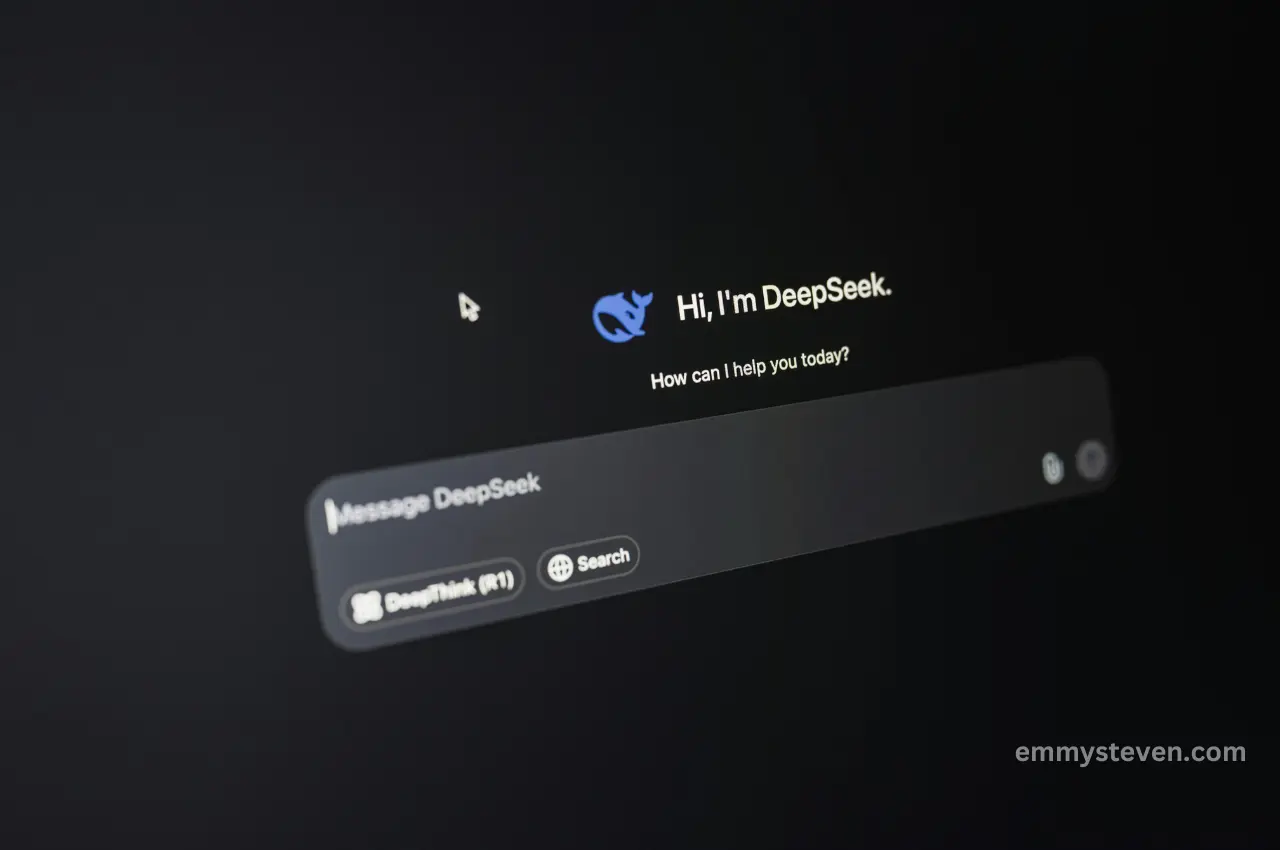There’s a new trend sweeping through the tech space, and it’s called Vibe Coding.
What is it, exactly? Well, it’s the idea that developers (especially new ones) can now just “vibe” with artificial intelligence. You simply give it a prompt, let it do the heavy lifting, and sit back while it builds the code for you.
On the surface, it sounds amazing. AI tools like Copilot, Cursor, and ChatGPT-based code agents are making it easier than ever to build software fast.
But here’s the catch: vibe coding may be fast, but it often skips the most important part of programming which is thinking.
What Is Vibe Coding?
Vibe coding is when developers rely heavily and sometimes entirely on AI tools to write code. No planning, no architecture, no real design. Just prompts and vibes.
Here’s how it typically looks:
• Type what you want.
• Let AI generate the structure.
• Copy, paste, and tweak (maybe).
• Move on to the next prompt.
This way of building might work for basic prototypes, small apps, or one-off tools. But the moment things get serious—bugs arise, performance matters, scale is needed—it starts to fall apart.
Why Is Vibe Coding So Popular?

Let’s be honest: AI-assisted development is incredibly powerful. And the temptation to offload thinking is real.
With AI tools, you can:
• Generate boilerplate code in seconds.
• Auto-complete complex logic.
• Build UI components without writing HTML or CSS.
• Create full-stack applications from simple prompts.
It feels magical. And it’s especially appealing to non-coders or junior developers who want quick results without diving deep into software fundamentals.
But Here’s the Problem…
You’re not just outsourcing code.
You’re outsourcing the thinking.
When you use AI without fully understanding what it’s doing, you lose context. And context is everything in programming.
Any experienced software engineer will tell you this: It’s not about writing code—it’s about understanding what the code is doing, why it’s doing it, and how it interacts with the rest of the system.
Let’s break that down.
1. Programming Is More Than Just Code
Programming isn’t just about typing lines into a terminal. It’s about solving problems:
• You assess the needs of the user.
• You break down complex systems.
• You weigh trade-offs between performance, scalability, and simplicity.
• You think through edge cases, architecture, and future maintenance.
Code is just the final representation of your thought process.
2. Mental Models Matter
When you build something yourself, you form a mental model, a blueprint in your mind of how the system works.
This mental model helps you:
• Trace bugs.
• Understand data flow.
• Reason about state and logic.
• Know where to look when things go wrong.
AI doesn’t give you this understanding. It gives you results, sometimes correct, sometimes not, but no insight into how or why.
And when things break (because they will), you’re staring at a file full of AI-generated code with no idea what’s going on.
3. Vibe Coding Creates Fragile Systems
The systems built through vibe coding often have:
• Poor architecture.
• Unnecessary complexity.
• Hidden bugs that aren’t immediately visible.
• Scalability issues that surface later.
That means when it’s time to debug, add new features, or scale the app, you’re stuck. You can’t improve what you don’t understand.
It’s like building a house without knowing anything about plumbing or electricity. It might look great—until something goes wrong.
What Are Developers Saying?

Many developers are already learning this the hard way. They let AI build their products end-to-end. Now bugs are popping up, features are breaking, and the app isn’t holding up.
Why?
Because they never understood how it worked in the first place.
Programming ≠ Code Generation
Let’s make this clear:
Writing code is not the same as programming.
Programming is creative. It’s strategic. It requires experience, problem-solving, and an understanding of what not to do just as much as what to do.
Good programming is:
• Knowing when to use recursion vs iteration.
• Understanding performance trade-offs.
• Thinking about user experience.
• Building with maintainability in mind.
None of these things can be fully captured in a prompt.
So, Is AI Bad for Programming?
Not at all.
AI is a tool—an incredibly helpful one. But it’s not a replacement for critical thinking, experience, or intentional design.
Here’s how to use AI the right way:

Use AI to Support Your Workflow, Not Replace It
Start with a clear plan. Think through your architecture. Define your goals. Then, bring in AI to:
• Speed up repetitive tasks.
• Help debug tricky logic.
• Generate templates or test cases.
• Suggest performance improvements.
But you should always be in the driver’s seat. AI is your assistant, not your boss.
Build First Principles Thinking
Don’t rely solely on prompts. Build a deep understanding of:
• How systems work.
• How data flows.
• Why certain patterns and practices exist.
That’s what separates a coder from a real engineer.
Learn by Doing
If you’re just starting out, don’t skip the fundamentals. Use AI to accelerate your learning, not to avoid it. Code things yourself. Break them. Fix them. Understand them.
That’s how you build confidence and capability.
The Long-Term Cost of Vibe Coding

Sure, vibe coding might get you something functional quickly. But will it hold up in production? Can it scale? Can it evolve?
Probably not.
Because long-term success in software development comes from:
• Strong fundamentals.
• Clean, intentional architecture.
• A solid understanding of what you’ve built.
Without that, you’re not building, you’re gambling.
Final Thoughts
The tech world moves fast, and AI is changing the way we build software. But no matter how advanced these tools become, they can’t replace the role of the developer’s mind.
So the next time you feel like handing everything over to AI, ask yourself:
• Do I understand what’s happening under the hood?
• Can I explain this to someone else?
• What happens when it breaks?
Don’t just vibe, think, design and build.
Because real programmers don’t just write code, they craft solutions.

Frequently Asked Questions
Can AI replace coding?
Answer is no. It will help programmers to boost productivity. It can’t replace software engineers because engineers will always be needed to maintain the code and AI as well. The first code generator was developed in early 1970s but it hasn’t replaced programmers.
Can you use ChatGPT for vibe coding?
With Vibe Coding, you can use ChatGPT and any programming language like a personal software engineer, a tool that builds apps for you, while you focus on better ideas. No complex coding.
Which AI tool is best for coding?
Codeium is an AI-powered coding tool that have been found to be extremely useful for speeding up application development. It offers autocomplete, chat, and search features across 70+ programming languages.
